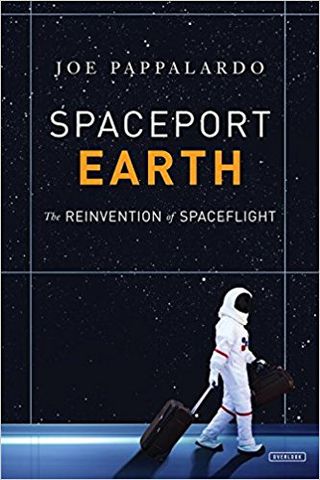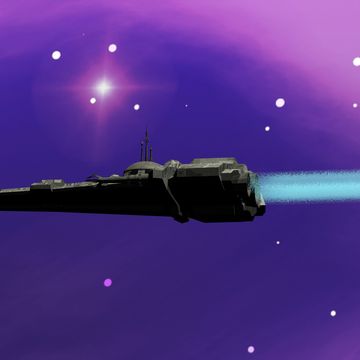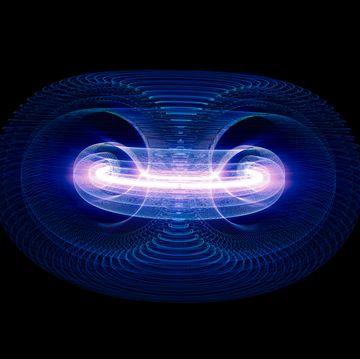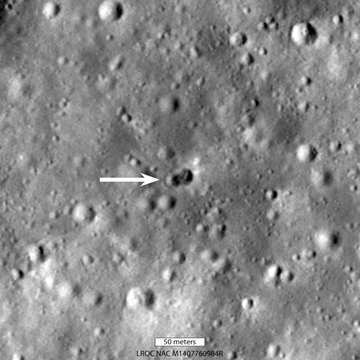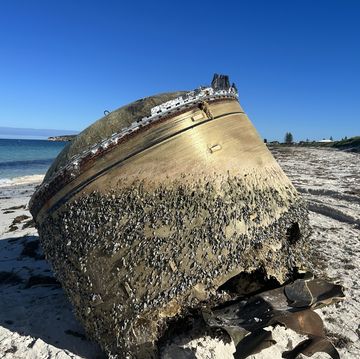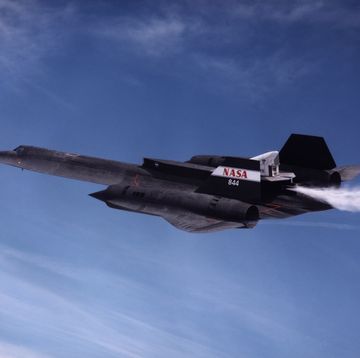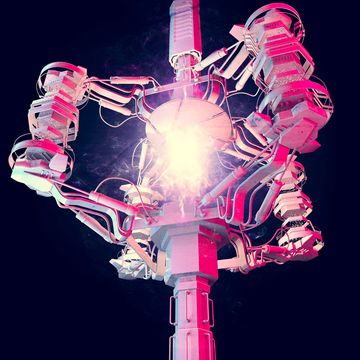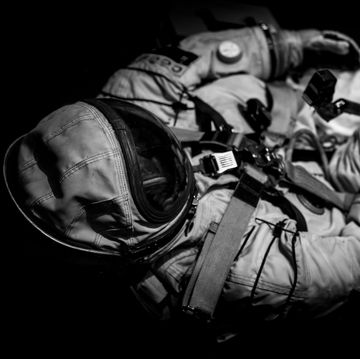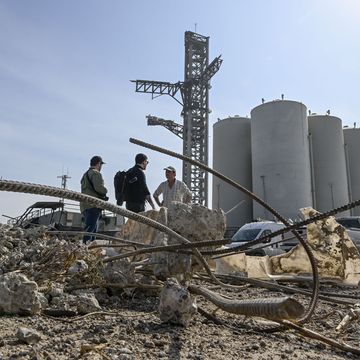In May 1947, the Pentagon attempted to launch a V-2 ballistic rocket, like the ones the Nazis used to bombard London in World War II, outside White Sands, New Mexico. The weapon rose from the pad in a roar of flame and smoke and leapt into the sky. Within moments, however, the testers knew something was wrong. The missile was heading south instead of north.
A V-2 is a pretty simple rocket: a tank containing an alcohol-water mixture, another tank full of liquid oxygen, a small chamber with hydrogen peroxide, and some pipes to mix, ignite, and route it all through the engine. They are not known for their sophisticated guidance systems. (Just a couple of vanes on the fins.) The range of the V-2 can stretch hundreds of miles, and the Air Force was about to learn that the room they allotted to test them needed to increase.
The errant missile flew over El Paso, Texas and continued south, ultimately running out of fuel over Mexico. It careened into a cemetery in Juarez, leaving a deep, fifty-foot-wide crater.
The crash in a populated area indirectly cemented the future of Cape Canaveral as a spaceport. The Pentagon fast-tracked a project to create missile ranges that fired experimental weapons over water. They wanted one on the east coast, and another on the west.
Every missile shot has what is called a footprint—a teardrop-shaped area under the flight path that needs to be clear of people in case the thing crashes. For rockets shot into space, that expanse usually is only found on coastlines, such as eastern Florida. In 1960, the Department of Defense noted in a report that the Atlantic Missile Range on Cape Canaveral "is substantially saturated with missile launching facilities and test instrumentation." The Air Force had a test range for its wonder weapons, and didn't want to share it.
That was bad news for a new rocket team that wanted to move into the Cape: the National Aeronautics and Space Administration (NASA). President Eisenhower founded NASA in July 1958 when he signed the National Aeronautics and Space Act in reaction to the Soviet launch of Sputnik, but he quickly tired of spending money on it. By 1960, NASA budgets had been slashed.
John F. Kennedy's election changed that course. His call to go to the moon was a calculated one. "He was not a visionary enraptured with the romantic image of the last American frontier in space," NASA chief historian Steven Dick puts it in his 50 Years of NASA History. "Kennedy as president had little direct interest in the US space program."
But Kennedy had a competitive streak and wanted to surpass the Russians, who beat America in manned spaceflight by lofting cosmonaut Yuri Gagarin into orbit. So Kennedy opened up the U.S. Treasury checkbook and spent lavishly on a manned trip to the moon, for purely political reasons.
From where would these massive rockets launch? Studies were commissioned and ideas put forward on places the government could build a new, civilian spaceport. Ideas rose and were shot down: construct an offshore site, a floating spaceport. Nah, too hard to maintain. Create one near Brownsville, Texas. Nope, too many populated areas on both sides of the border. How about a South Pacific island, or somewhere in the Bahamas? Too expensive to develop out in the middle of nowhere. The coast of Georgia? Not with that Intracoastal Water way right there, because rockets sailing overhead would certainly hinder boat traffic.
That pretty much left the Atlantic Missile Range. The military tenants hooted and hollered for a couple years, first trying to keep the civilian program away and then trying to make NASA a tenant of their facilities. In the end, officials gave the go-ahead for NASA to expand into its own operation on the Cape's Merritt Island. On November 28, 1963, six days after President Kennedy's assassination, President Johnson announced that Cape Canaveral would be renamed after the fallen president.
With that, the Kennedy Space Center became the U.S. government's primary spaceport for the next five decades.
Adapted from Spaceport Earth by Joe Pappalardo. Copyright © 2017 by Joe Pappalardo. Published in 2017 by The Overlook Press, Peter Mayer Publishers Inc. All rights reserved.
It will be available on November 28, 2017. You can order your copy on Amazon, Barnes & Noble, and Indiebound.
Joe Pappalardo is a contributing writer at Popular Mechanics and author of the new book, Spaceport Earth: The Reinvention of Spaceflight.

